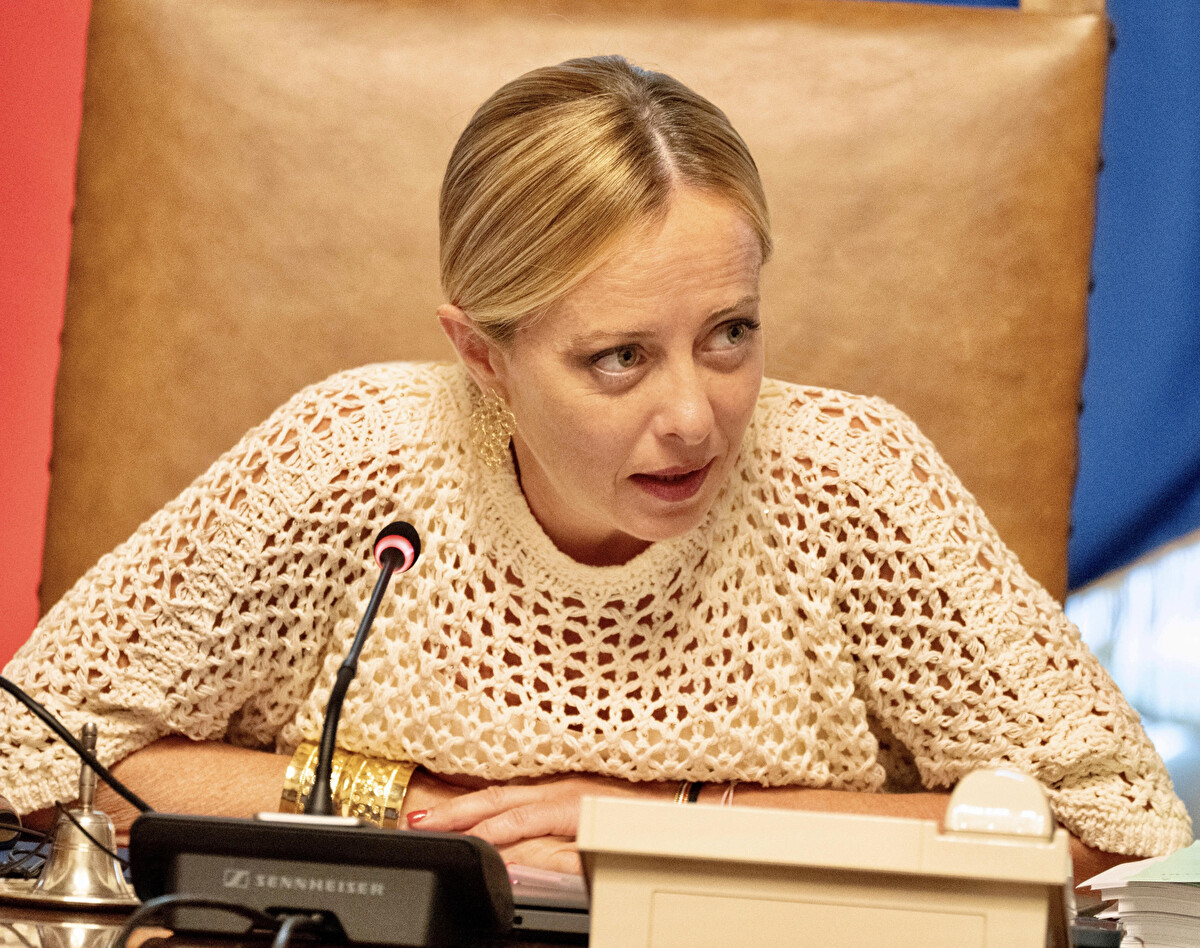Cancers spreading among shellfish are a rare and puzzling phenomenon that has perplexed scientists for decades. What is more puzzling is that these cancers are unlike any seen in the human population which are caused by the host’s own cells, instead they are caused by foreign cells that invade and multiply in the hosts’ bodies. The cancer cells can also jump from one species to another, crossing geographical and evolutionary boundaries.
“It doesn’t seem biologically possible that these cancers are doing this,” said Adrian Baez-Ortega, a computational biologist at the Wellcome Sanger Institute in England and an author of one of two studies on the cancer published Monday. “And yet they are long-lived.”
Scientists first noticed in the 1970s, that soft-shell clams started mysteriously dying off in Maine and the Chesapeake Bay. Years later, scientists identified the culprit: a bizarre form of cancer that spread like an epidemic.
Cancers in humans typically occur when some of their own cells gain mutations and multiply out of control. But the clams were being invaded by free-floating cells that came from other clams. The alien cancer cell multiplied inside its new victim, and then some of its descendant cells escaped to attack other clams.
Now it has become clear that soft-shell clams are not the only ones to be affected by such an unfamiliar phenomenon. Other species of shellfish are also victims of contagious cancer as well. What’s more, the new studies confirm that these lineages of cancer cells have been jumping from one shellfish to the next for centuries, perhaps even thousands of years, picking up a surprising number of telltale mutations along the way.
The evidence emerged in 2015 when researchers sequenced short pieces of DNA in cancer cells collected from soft-shell clams in Canada, Maine and New York. The genetic analysis showed that the cancer cells did not belong to the animals they came from. Instead, they were all related to one another, descending from a single ancestral cell.
Before then, researchers knew of contagious cancers only in two mammals: the Tasmanian devil and dogs.
New research has found contagious cancer in eight more species, including mussels and cockles.
“More will be coming — more that we know of, and probably more that we don’t know,” said Michael Metzger, a biologist at the Pacific Northwest Research Institute in Seattle.
Beata Ujvari, an evolutionary ecologist at Deakin University in Australia who was not involved in the study, said that the massive mutations might be explained by the way the contagious cancers reproduce. Instead of combining two sets of DNA from a shellfish egg and sperm, the cancers clone themselves.
In that way, they’ve become more like bacteria than animals. And like bacteria, they might try to beat their competition — other cancers — by mutating faster, Ujvari said. She noted that the new cockle study revealed that two different contagious cancers will sometimes invade a single animal.
Metzger hopes that by solving this puzzle, he and other scientists may be able to uncover some hidden rules of cancer that might apply not just to shellfish but to people.
It may be possible to zero in on the few parts of the genomes that have changed in the cancer cells to find new targets for drugs. He is also looking at the genomes of shellfish to see if they have evolved new ways to resist the invading cancer.
“Nature has basically run an enormous experiment,” Metzger said. “If there’s a way that an animal has evolved resistance to cancer, I want to know what it is.”












